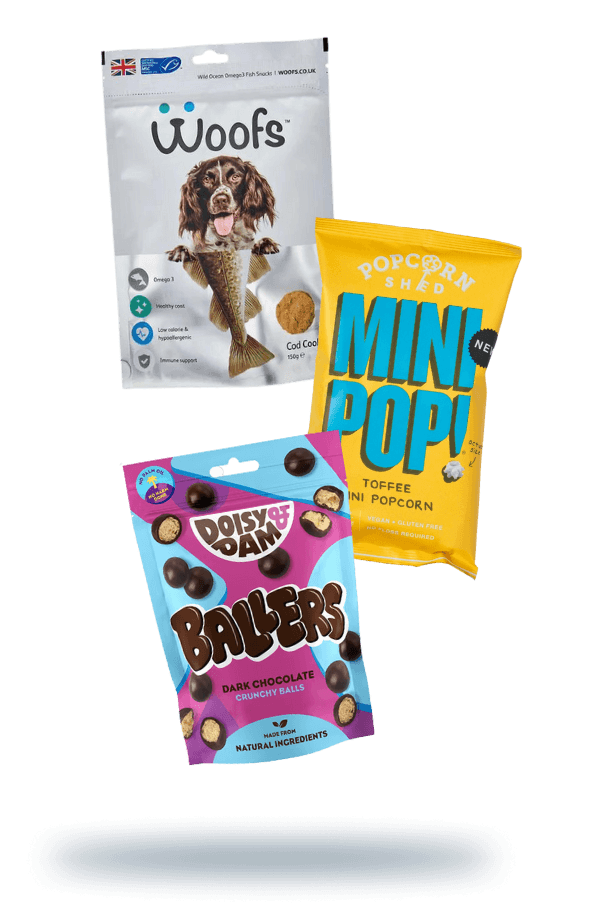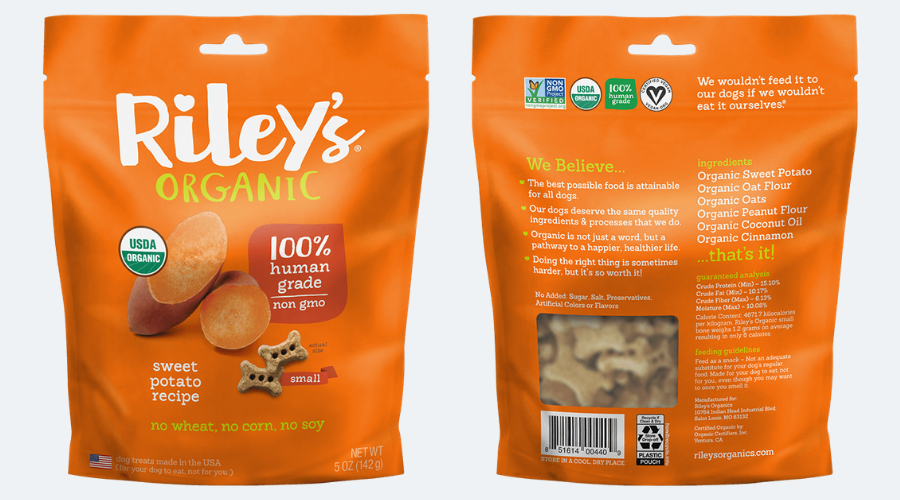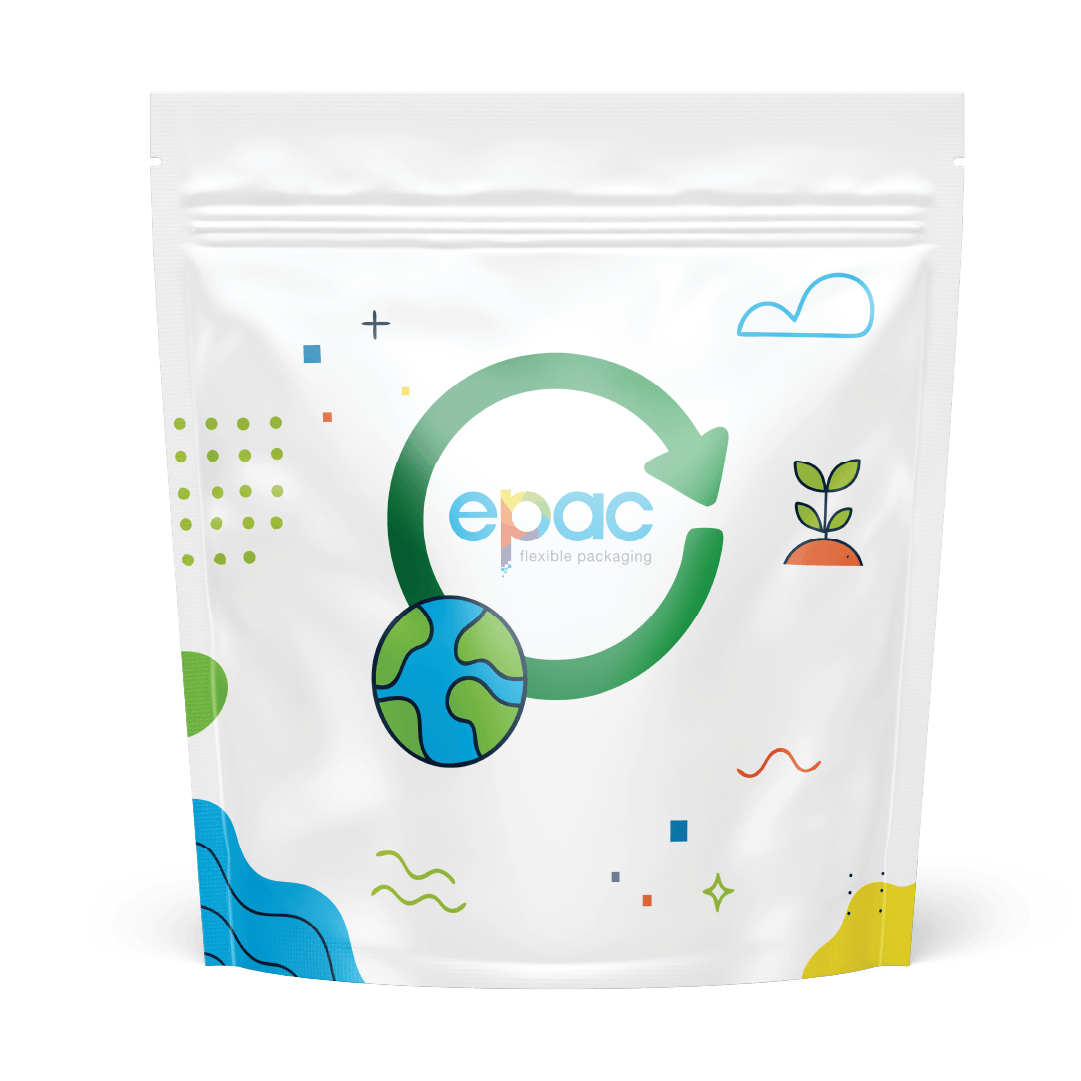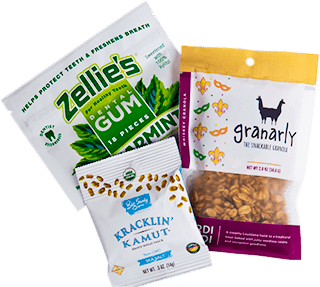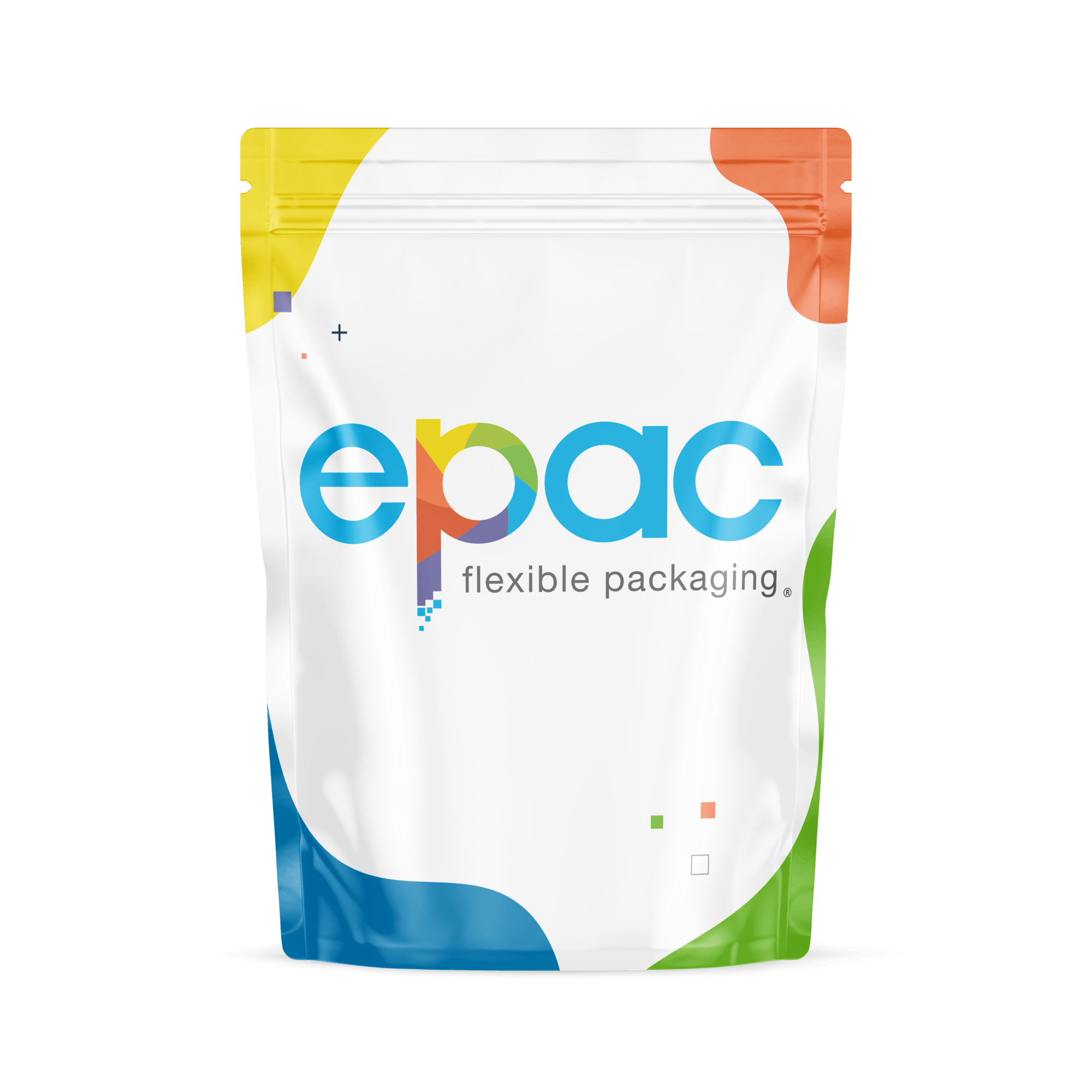If you’re reading this blog, chances are you’re a part of a CPG brand that’s curious about adding a recyclable stand-up pouch or rollstock to your product offering. The rise in popularity of eco-friendly products and consumer concerns over packaging waste has led many brands, like yours, to consider shifting to more sustainable efforts.
Here’s the good news: if you are currently using flexible packaging for your brand, or you are a manufacturer using roll stock, you’re already choosing an environmentally-friendly package. In fact, the production process of flexible packaging is one of the “greenest” around.
According to the Flexible Packaging Association, flexible packaging uses fewer natural resources and energy to manufacture and transport than other package formats and generates fewer CO2 emissions. Flexible packaging also reduces food waste by extending the shelf life of the product inside.
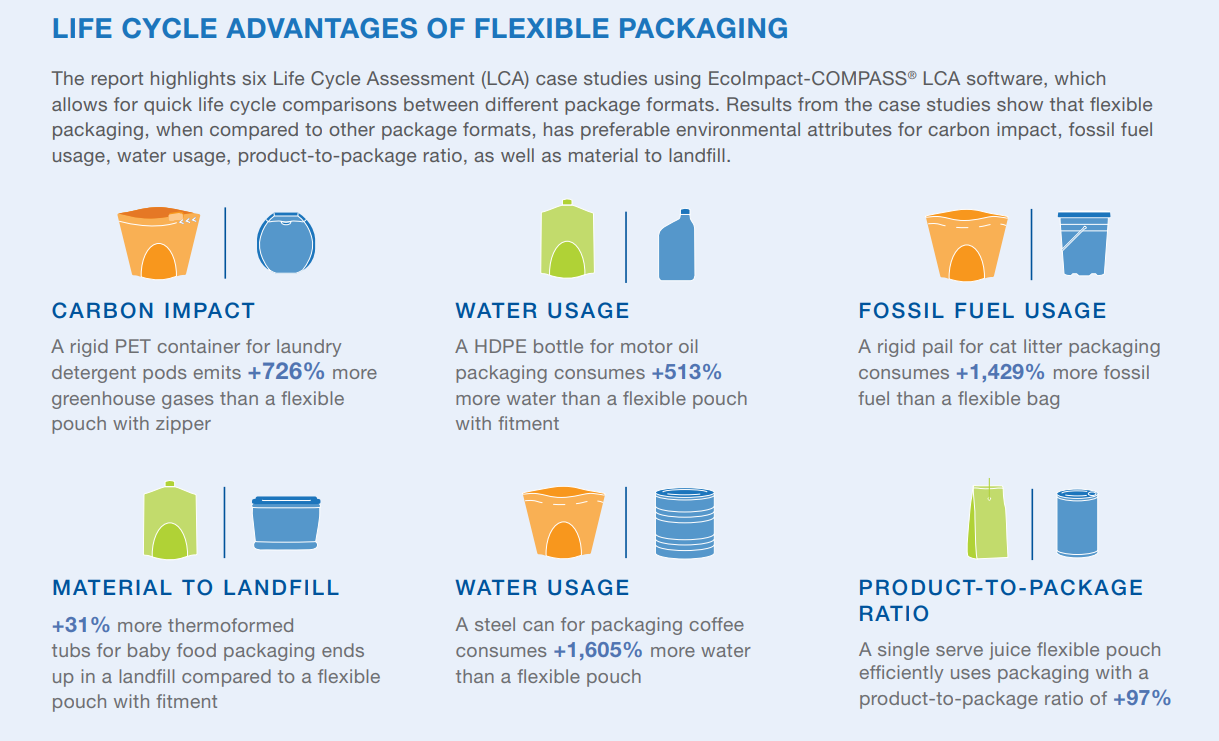
What’s more, digitally printed flexible packaging adds even more sustainable benefits, such as a reduction in materials used, with no plates to create. Digitally printed flexible packaging also produces fewer emissions and less energy consumption than traditional printing. Add to that the fact that you can order to demand, so companies carry less inventory, minimizing obsolescence.
While digitally printed pouches are a sustainable option, digitally printed recyclable pouches are an even bigger step in the environmentally-friendly direction. Let’s dive in.
Get It Fast
We’re the complete package! Meet your deadlines with ease and efficiency.
Rollstock orders are ready to ship just 10 business days following artwork approval. Formed pouches in 15 days.
Why Recyclable Pouches Are the Future
Today, recyclable films and pouches are becoming more and more mainstream. Foreign and domestic pressures, as well as consumers’ demand for more earth-friendly options, are spurring countries to take a look at the issue of waste and recycling and find feasible solutions.
Consumer-packaged goods companies (CPGs) are getting behind the movement too. Unilever, Nestlé, Mars, PepsiCo., and others have committed to using 100% recyclable, reusable, or compostable packaging by 2025. Coca-Cola is even supporting recycling infrastructure and programs across the U.S., as well as increasing recycling bin access and education for consumers.
According to Mintel, 52% of U.S. food shoppers prefer to buy foods with minimal or no packaging to reduce packaging waste. And in a global survey conducted by Nielsen, consumers are willing to pay more for sustainable products. Thirty-eight percent are willing to pay more for products made with sustainable materials, and 30% are willing to do so for products that deliver on socially responsible claims.
The Rise to Recycle
As CPGs get behind the cause by committing to use more recyclable pouch packaging, they are also supporting programs to help consumers recycle more of existing packaging. Why? Flexible packaging can be a challenge to recycle as is, yet more education and infrastructure for consumers will go a long way to spur change. One such challenge is that plastic film cannot be recycled in curbside bins at home. Instead, it must be taken to a drop-off location, like a grocery or other retail store, to be collected for recycling.
Are plastic pouches recyclable? Unfortunately, not all consumers know the answer to this and much gets thrown into curbside recycling and then later ends up in a landfill. The good news is many websites help consumers learn about recycling, like perfectpackaging.org or plasticfilmrecycling.org. They both allow guests to enter their zip code or address and find the nearest recycling center to them. At these sites, consumers can also learn about which types of plastic packaging can be recycled, as well as what happens to film and pouches after they are recycled.
Labeling Recyclable Pouches
You can also play an important part in educating your customers through proper labeling and communication. Labeling on the package itself can help direct consumers on what to do with the package after use.
The application of the How2Recycle icon or other recycling labels, to packaging graphics, clearly displays how to recycle the package. These labels include what consumers need to do, like rinse the pouch out, for instance. They also indicate which component of the package can (or cannot) be recycled. These labels make it a lot easier for consumers to recycle. Websites like How2recycle.info, and recycleacrossamerica.org explain what recycle labels mean, taking the guesswork out of recycling.
This may go without being said, but it’s a really good idea to add recycling labels to your package to increase consumer participation in recycling.
Recyclable Pouch Material Options Currently Available
Common food and beverage pouches are known to be difficult to recycle because most flexible packaging is comprised of multiple layers that are difficult to separate for recycling. Some CPGs and suppliers, however, are exploring eliminating certain layers like foil and PET (polyethylene terephthalate) in some packages to aid in the recyclability. And taking sustainability even further, many suppliers today are unveiling pouches made from recyclable PE-PE films, EVOH film, post-consumer recycled (PCR) resins, and compostable films.
You can take an array of actions to respond to the recycling problem, from adding recycled materials and using solventless lamination to transitioning to fully recyclable pouches. As you look to add recyclable films to your package offerings, consider using eco-friendly, water-based inks, which are commonly used to print recyclable and non-recyclable pouches. A new generation of water-based inks for solventless lamination is better for the environment and they perform as well as solvent-based inks.
Connect with a Company That Offers Recyclable Packaging
As water-based, compostable and recyclable inks, as well as recyclable films and resins, become more mainstream, recyclable pouches will continue to be a key driver in furthering flexible plastics packaging recycling. At ePac, we offer 100% Recyclable PE-PE High Barrier Film and Pouches that are approved for HowToRecycle dropoff. Our solventless lamination and water-based recyclable and compostable inks reduce VOC emissions and significantly decrease waste.
Are you ready to take that next step to create greener packaging?
Contact us today for a free quote and learn how adding recyclable pouches to your product line-up can boost your overall sustainability goals.

